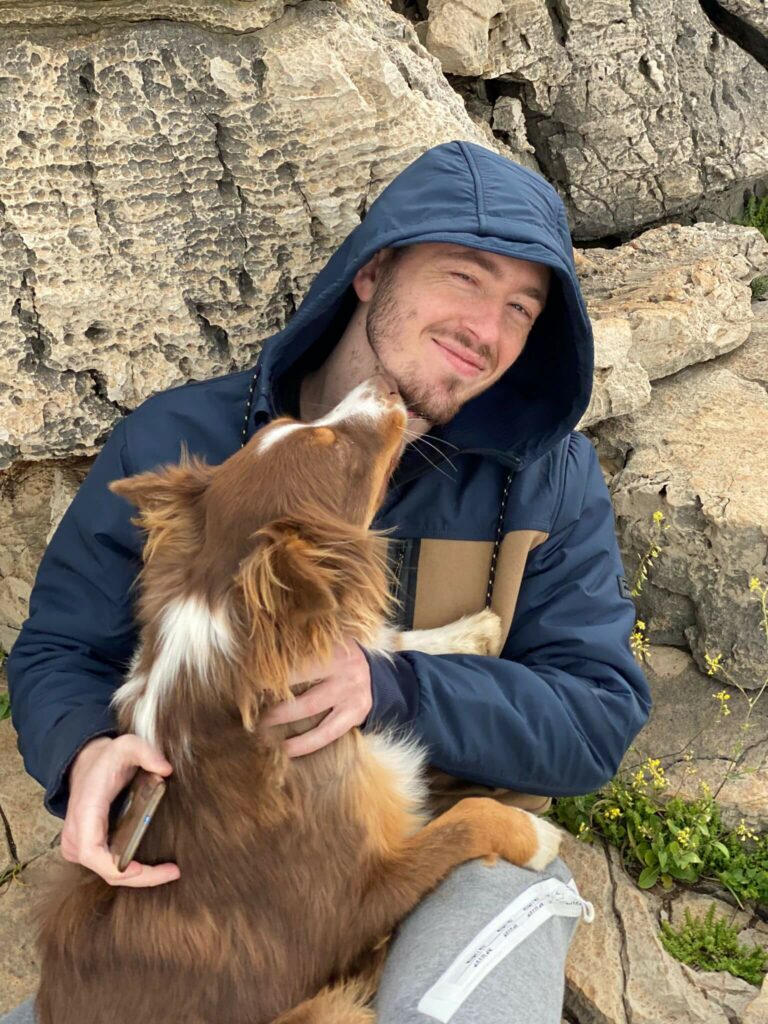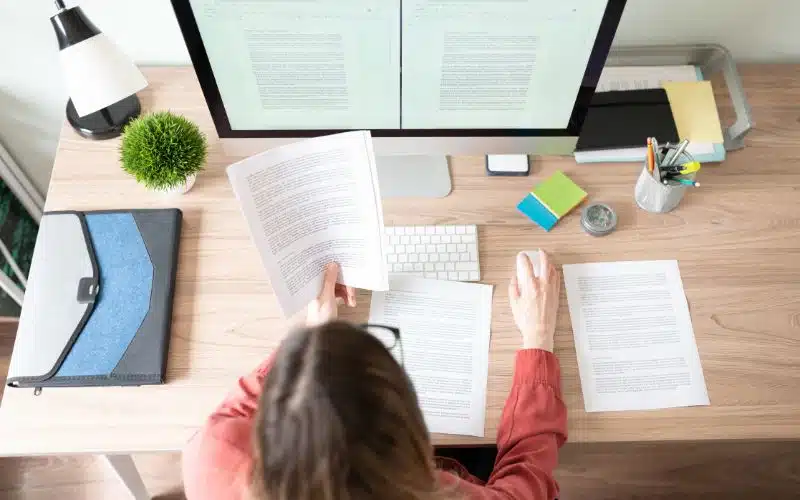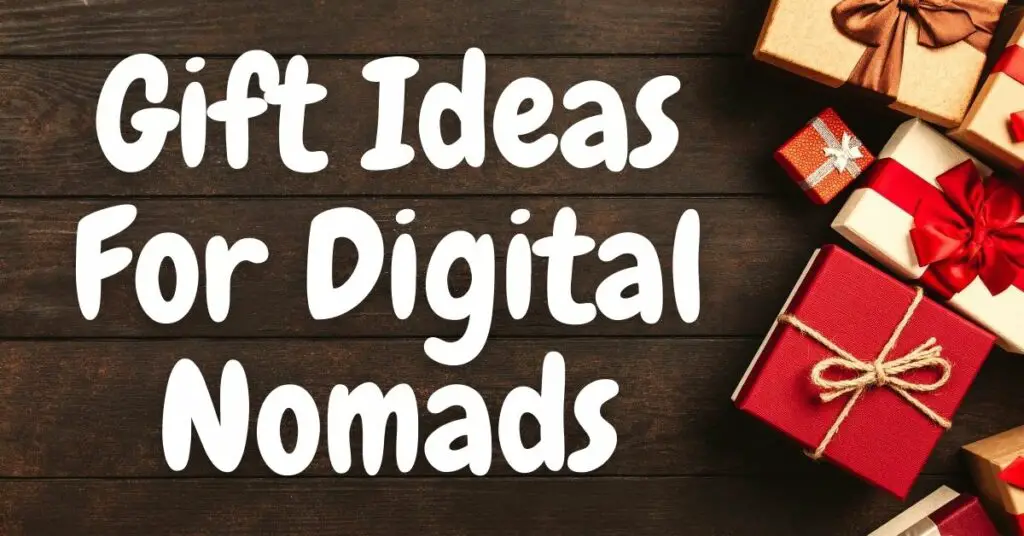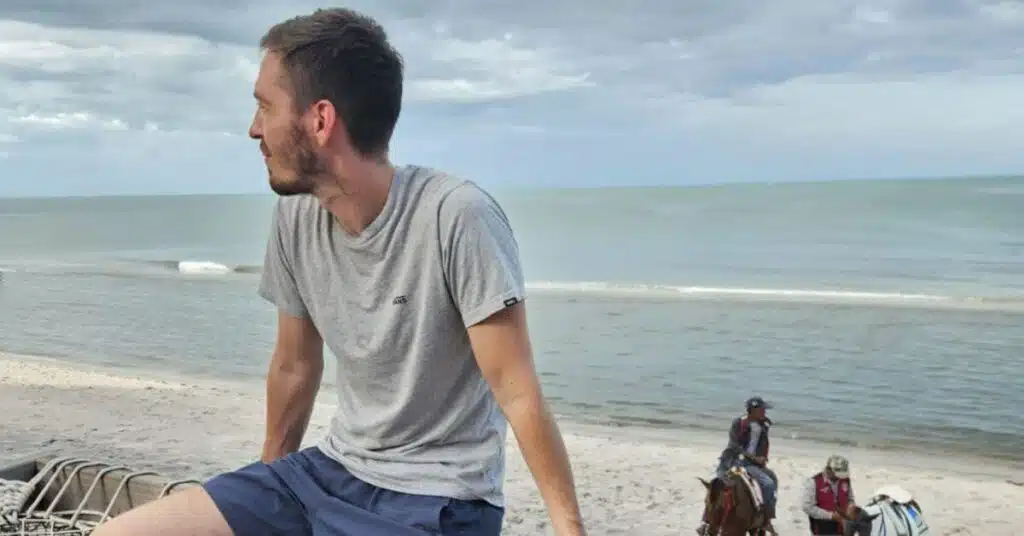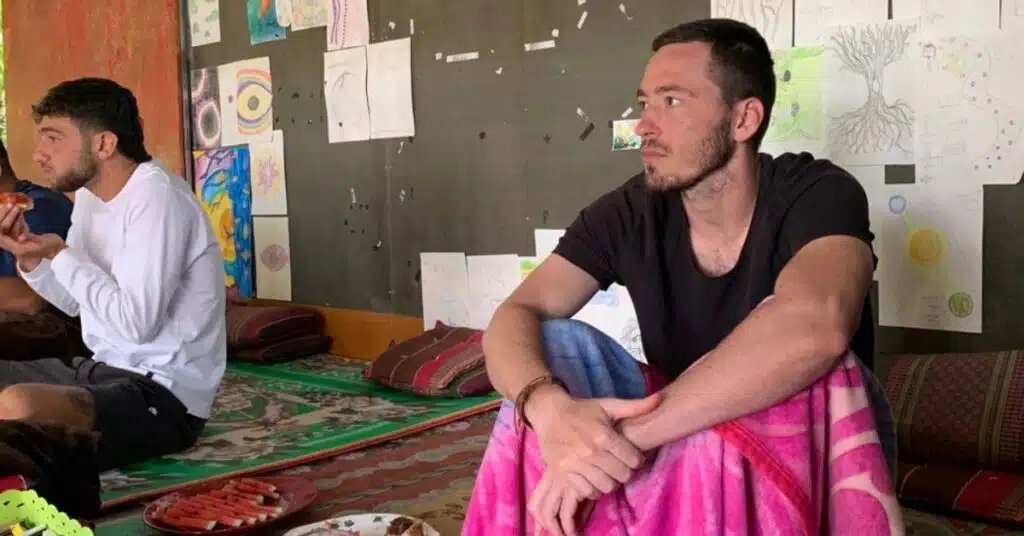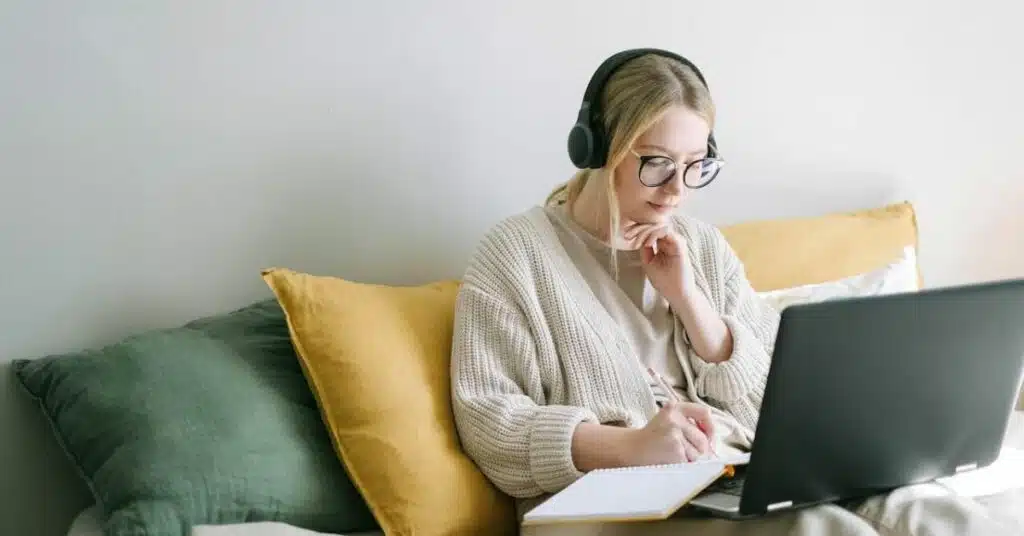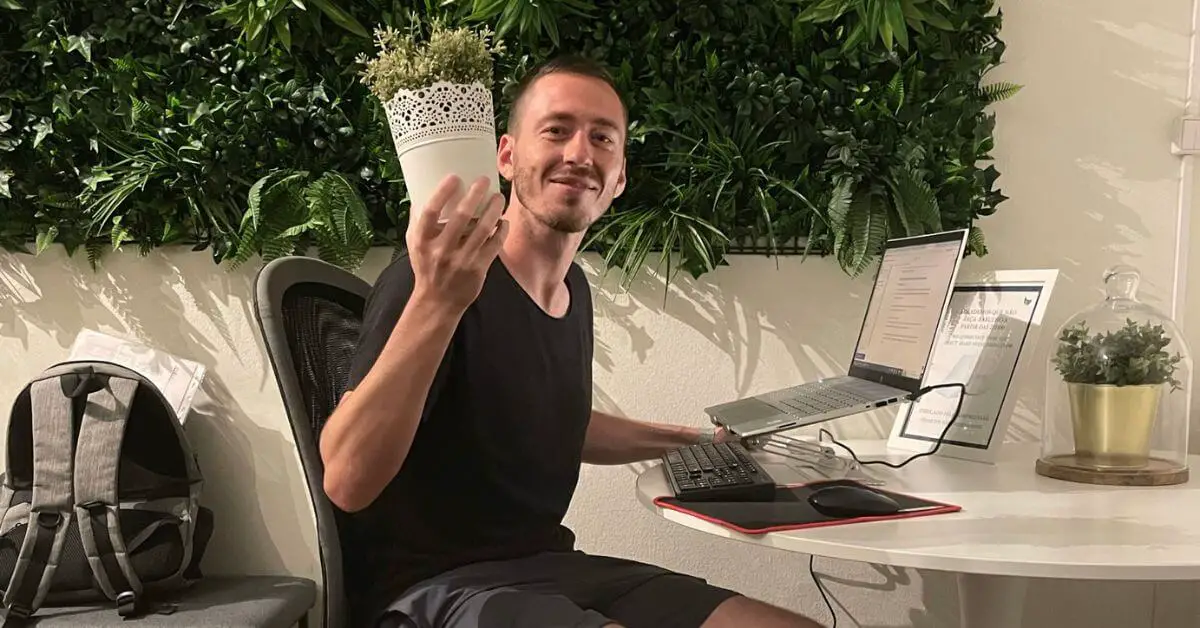Content, Content, Content – you can’t do without it. We are inundated with quantities of it every day, all day, and from all sides.
And although I like content, I’ve been feeling a bit overwhelmed lately – and I think you are too.
When we come to dive into the world of new content, we do Google, of course, and start entering all kinds of links: articles, blogs, tweets, YouTube channels, lectures, workshops, Facebook posts, books, podcasts, and other Ted lectures.

And then you end up in this situation again: dozens of tabs open at the same time, scattered among ten different Chrome windows, whose icons at the top are so small that it is no longer possible to distinguish between an article in the New York times and your expense report in Google Sheets.
And we haven’t even talked about the books that have been sitting on your shelf for years, the samples you downloaded to the Kindle, the entries in Wikipedia, and the fascinating podcasts.
We live in the age of big-mega-ultra information, and those who do not choose with tweezers what content to consume – will be left behind.
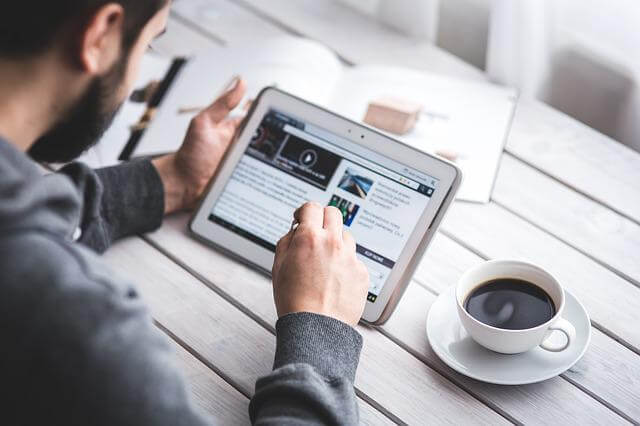
I want to offer you an effective methodology that will help you manage your content consumption in a more healthy, accurate, effective, and balanced way.
Before we dive into practice, first answer the key questions:
1) How much time would you like to spend consuming content? My recommendation for those who want to develop is to dedicate at least an hour a day, preferably two hours or more.
2) What contents do you want to consume? One of the most important lessons I’ve learned this year is to put my focus on quality over quantity. What areas of interest do you want to be incredibly close to? Choose no more than three.
3) How do you like to consume them? Are you the type of intensive daily reader like Warren Buffett? Or do you have thorns in your ass, and you have to listen to a podcast while walking?
4) What constraints do you have daily? If you drive a truck/taxi, you will surely have more time to listen to your content or sit and read it.
Table of Contents
ToggleNow it’s time to organize your content
First, let’s organize your social content.
Go through all your social channels: Facebook, LinkedIn, Instagram, YouTube, Twitter, Pinterest, Quora, and even Spotify – and stop following those who don’t serve your goals.
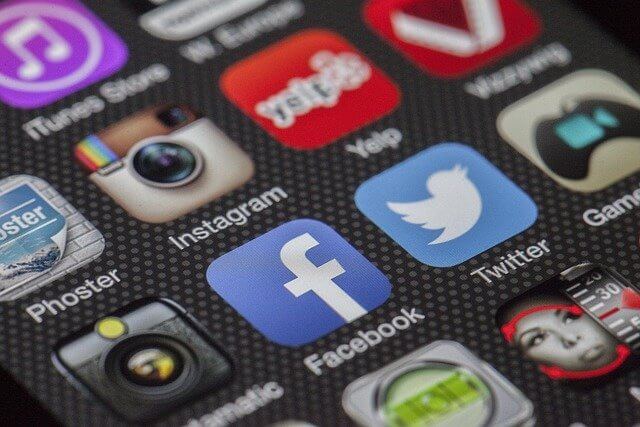
I don’t care how handsome he is, how cute her baby is, or their experience at the Digital Nomads Festival in Bansko.
Your feed should be full of things that inspire you, move you forward, and help you achieve your goals.
I recently went through my Facebook and Instagram and unfollowed all the people who post pictures of cats, the narcissistic models, the people who pretend to have lots of money and the perfect relationship, And all the people who use social media in a manipulative way make people jealous, instead of giving value.
This is the only opportunity you will have to be a dictator in the classic sense of the word – take advantage of it without apologizing.
Let’s move on to the other types of content
Open a new Excel table, and divide it into sheets:
1) Books \ Audiobox
2) Articles \ blogs \ articles \ eBooks
3) Podcast episodes
4) Professional courses: Udemy \ Skillshare \ Coursera
Arrange the contents in the lists according to those that are most important and urgent for you to consume.
If you are starting work at a digital company soon and you need a professional refresher as soon as possible – the cookbook will probably not be at the top of the list.
The idea is to put all your content that is not from social media into an orderly list – so that you know exactly what is next in line and follow it religiously.
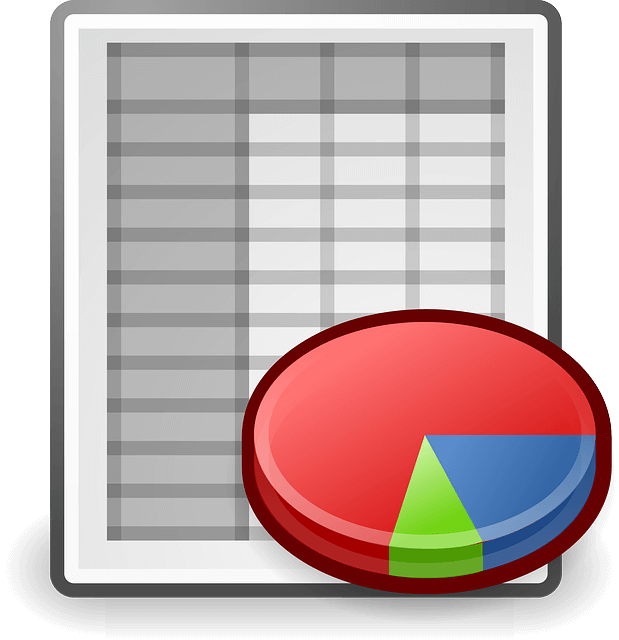
Add a column called “Deadline” to each of the sheets. The purpose of which will be to set deadlines for you.
- Mark in green what you have already finished.
- In yellow is what you can’t finish.
- And delete content that you started consuming, and it turned out that they don’t serve you.
Your time is expensive!
Some tips
1. don’t put all your eggs in one basket
Instead of two hours of reading, try half an hour of YouTube, half an hour of reading, and one hour of a podcast (while walking or training). This variety will exercise your brain muscles and allow you to learn in ways you never thought you knew.
Find your optimal form of learning.
2. Kindle
Kindle is one of the best inventions of the century.
Books get wet and wear out over the years.
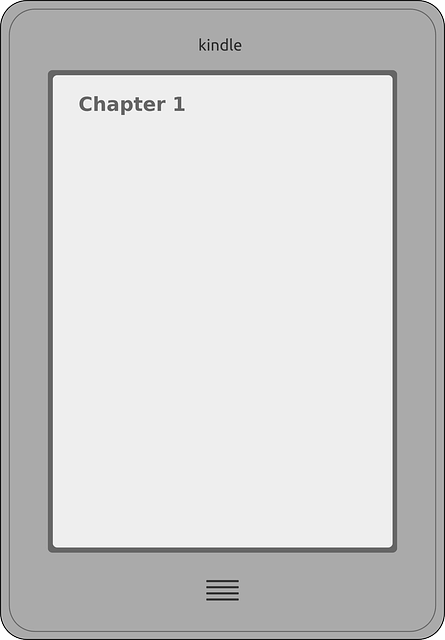
With Kindle, you have all your books in one place, they don’t take up space on your shelves, and they are always with you.
In addition, Amazon has a service called “First to Read,” in which they give away new books before they are published – for free!
You just need to sign up and wait for the email that will tell you when a new book is available.
It’s an incredible opportunity to get your hands on books that haven’t even been released yet.
Related: Best Books for Digital Nomads
3. Podcasts are great, but…
In my opinion, Books > Podcasts.
Books are the most profitable content channel in history because they contain the essence of all the experience the author has gained over the years, with all the professional knowledge, mistakes, achievements, and conclusions – for only about twenty dollars. There is no better deal than this.
Podcasts are content for advanced people. I will explain:
They give added value and concrete examples that you won’t find in books, but they usually won’t give you the basics.
For example, the excellent podcast Invest Like a Boss is based on fascinating interviews with people who have reached financial independence, but it does not guide people on how to do it step by step – it simply gives concrete examples.
Podcasts are great enrichment content, but do yourself a favor – read/listen to the books first.
4. Use a tablet
Read on a tablet, not on a laptop.
The shorter the lines – the less tired the eyes are, and the faster they read.
This is the reason why the texts in newspapers are made up of short lines.
5. Chrome tabs
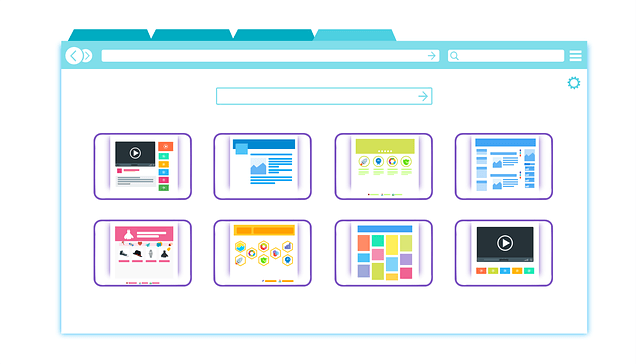
Do you have a lot of tabs open in Chrome? Don’t mix them up.
One option is to save them by topic in Favorites.
A second option is to leave them open but organize them according to topics: a tab that only contains financial articles; A tab that only deals with your community; A tab that only has YouTube, and so on…
6. The wisdom of crowds works
Instead of reading 200 podcast summaries to decide which episode is right for you – go to Owltail.com and check which episodes are rated the highest.
7. Readwise
One of the most useful apps I’ve come across is Readwise, which allows you to bookmark important texts, paragraphs, and quotes on Kindle or Medium. After that, you will receive a weekly summary by email of all the texts you have memorized.
This is a master tool if you want to remember and integrate the important things you read into your long-term memory.
8. Meet the Blinks app
Want to save time? The Blinks app lets you read entire books in just 15 minutes.
How is this possible?
It’s very simple: they are short texts with a lot of pictures, and they are divided into very short chapters.
You can “read” a book in the time it takes you to take a shower.
Of course, you won’t remember everything, but it’s a great way to get an overview of a book without having to commit the time to read it all the way through.
This is just a small taste of what’s possible if you take the time to build a personal content consumption strategy that works for you.
Don’t worry if you have a mess in your head right now – start with one small change, and the rest will follow.
Final Thoughts
I hope this has given you a better understanding of why it’s important to build a personal content consumption strategy.
There are so many benefits to doing so, and it doesn’t have to be complicated or time-consuming.
Start with one small change, and see how it makes a difference in your life.
You might be surprised at how much more you can get done – and how much better you can feel when you have a plan for consuming content.

- Improve your digital nomad skills
- Become a Digital Nomad
- To be my friend


